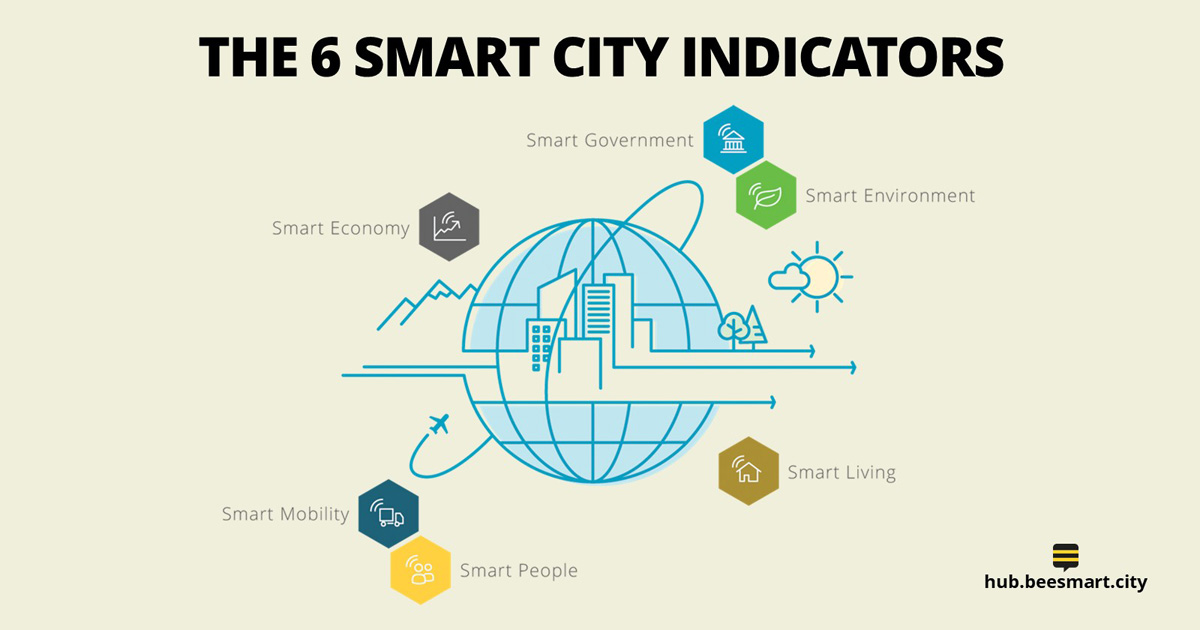Digital technologies are evolving rapidly, transforming the future of cities. But for urban centres to be truly liveable and sustainable, people must be at the core of the vision for smart cities.
Smart devices, from wearable technologies to phones, have undergone a significant evolution over the past decade. They’ve gone from niche tools into indispensable technologies that millions of people use daily. Initially focused on fitness tracking and communication, these devices now serve a wide variety of functions. From health monitoring to contactless payment systems and access control, they have become integral to our increasingly connected lives.
At the same time, city centres are rapidly changing in response to technological advancements and the growing demand for sustainability. As populations surge, existing infrastructure is struggling to keep up, requiring innovative approaches to city planning and design. Smart technology that shares information between urban assets, and the people who live and work in the city, is part of the solution.
Growing cities
More than half the world’s population currently lives in urban cities. This number is projected to grow to 68 per cent over the next 30 years. Urban areas that aren’t equipped to handle significant population growth may experience negative impacts such as overburdened infrastructure and environmental degradation. Therefore, reducing the quality of life for the people who live and work there. The physical security, health and safety of residents also needs to be considered in line with population growth for a city, and its surrounds, to remain economically viable and liveable.
Many cities already use sensing technologies and data analytics to manage urban assets such as roads, public transport and waste systems. According to Dr Nicole Gardner, researcher, architect and author of the book Scaling the Smart City: The Design and Ethics of Urban Technology, sensors and Internet of Things (IoT) devices gather data about how the city functions. The data is then combined and fed into smart systems — like a digital dashboard showing how the city is performing. The data helps create insights and automate systems to improve city operations in real time. For example, sensors can help manage traffic flow, coordinate waste collection or optimise energy distribution. Smart parking meters, streetlights and sometimes even rubbish bins generate data that can be used to improve efficiencies.
The potential of smart cities
Technologies such as artificial intelligence (AI) and augmented reality (AR) have the capability to address key challenges. This often includes issues such as mobility, crime and outdated infrastructure. AR technology adds a layer of interactivity that can enable people to engage with their surroundings in innovative ways. AR overlays can be utilised in the design phase to plan infrastructure and used operationally to inform a crisis management plan. It can also help visitors navigate their way around the city. AI can address the challenges of limited budgets and resources by automating processes and delivering predictive insights. By analysing complex data patterns, city leaders can predict trends in such areas as traffic, events and community needs.
Smart cities of the future
More advanced cities have started to innovate further, putting data into the hands of end users — residents and businesses — to drive better decision-making. This involves leveraging technology not only to improve infrastructure but also to transform cities into fully connected ecosystems. These “smart cities” go beyond managing urban assets with sensors and data. They are designed to support the health of residents, reduce environmental impacts and actively involve businesses, residents and visitors in decision-making. By integrating technology at all levels, these cities aim to remain economically competitive, while improving the quality of life for citizens. As stated in the United Nations Development Programme’s (UNDP) Handbook on Smart Urban Innovations, a city must respond to “the needs, realities and aspirations of its citizens, using technology and innovation to improve their lives and livelihoods”.
Human-centred design
In the report Forces of Change: Smart Cities from the Deloitte Centre for Government Insights, authors William Eggers and John Skowron explain that the next iteration of smart cities will focus on the 3Ds: data, digital and human-centred design. These cities will harness the knowledge, experience and participation of the people who live and work there to make cities more sustainable and liveable. Instead of relying solely on data and technology or top-down decision-making, this approach encourages collaboration between governments, businesses and residents.
To solve real problems in ways that are meaningful to residents, advantageous to business and encourage lasting changes in behaviour takes a collaborative approach. Eggers and Skowron describe this dynamic as “tapping into the collective intelligence of the city”. It involves collecting data from citizens who live and work in the city, regarding how they use public spaces and interact with city services.
Wearable technology and smart devices
Wearable devices such as smartwatches and fitness trackers serve a purpose in a smart city vision. They are able to integrate user-centred, real-time data with the broader smart city network. These technologies include GPS, accelerometers and environmental monitoring app

